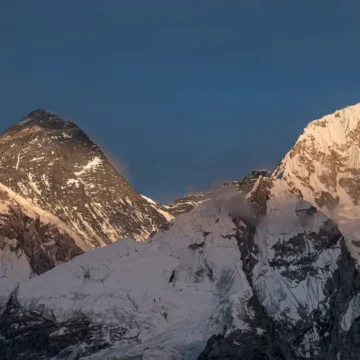
Horseback Riding in Nepal: Top Routes, Costs, and Tips
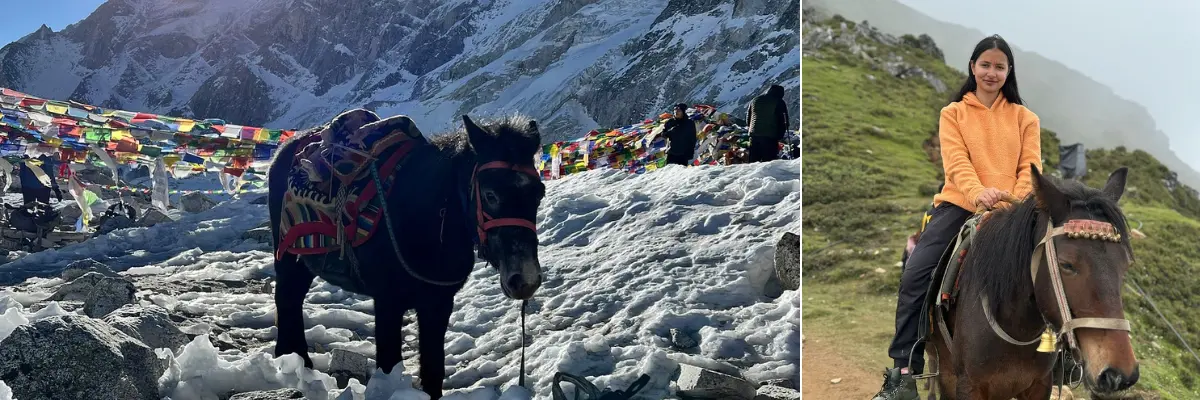
Table of Contents
Horseback Treks in Nepal aren’t just rides; they’re ancient traditions woven into the Himalayan lifestyle. Imagine riding a sure-footed horse across some of the most stunning mountain trails and several remote villages. It’s something out of a dream or a movie feeling.
Centuries ago, traders, pilgrims, and locals used Himalaya horses to navigate mountain trails. Today, this tradition offers trekkers an entertaining mode of adventure. Often, these horses are even used for rescues.
Horseback treks in Nepal offer a relaxed, immersive way of enjoying the views of towering peaks, remote villages, and centuries-old Tibetan Buddhist culture. No strain of long trails.
As you pass by villages, where you feel welcomed by fluttering prayer flags and hymns from monasteries, these horseback rides offer more than just rides. You become a part of the Himalayan community.

Brief Overview of Horse Trekking in Nepal
Horse trekking in Nepal offers a unique way of experiencing the beauty of the Himalayas, different from traditional trekking experiences. These horse rides are more than just a mode of transport; they are also a source of income for the locals.
Unlike regular treks requiring physical strength, endurance, and tiresome, horse trekking provides a safer, more comfortable, and slower-paced trekking alternative. You will ride through Tibetan communities across the windswept deserts of Mustang or the alpine trails of Gosaikunda and Rara.
It adds an extra layer to your Himalayan adventure. As your guide leads the way, the rhythm of hoofbeats becomes your music throughout the trail. Every saddle creak, every gentle snort of the horse, they remain for a lifetime in your memory lane.
This horse trekking in Nepal is a connection between you, nature, culture, and the horse.
What is a Horseback Trek?
A Horseback Trek is a kind of journey in which you take a comfortable ride on a horse, or you can alternate riding and walking. Instead of walking on a back-breaking trail, you can enjoy Nepal’s grandeur from the horse’s back.
Any age group, from a toddler to an elder, can do a Horseback Trek. For those who want to avoid tough, high-altitude Himalayan terrain, this kind of trek could be the perfect one for them.
Know that you don’t need any horse-riding experience. Whether you’re a novice rider or an experienced trekker, riding on sturdy horseback with gentle hoof beats, it’s just otherworldly.
Give your body time to soak in sweeping panoramas and the crisp mountain air.
Why Choose a Horseback Trek?
A trail that was used by traders in ancient times, you reminisce about the experience as if you were one of them on this kind of trek. You get a different perspective on Himalayan traditions.
The horse gallops on a steady, slow pace, giving you enough time to catch a breath and enjoy the view. You might be able to interact with the villagers and receive a respectful nod. They might even invite you for a cup of delicious yak milk tea with Tibetan bread and yak cheese.
It’s an intimate way to absorb natural beauty, cultural nuance, and spiritual depth, all without breaking a sweat.
Types of Horseback Treks
Based on duration, horseback treks can be classified into three groups:
Short Horseback Treks
Extending for about half a day or 2, these types of short treks are ideal for beginners and those with limited time. Or, for riders who want to sample horseback trekking, this can be a perfect option.
This type of trek focuses on riding horses in a natural setting, offering scenic views and a taste of adventure.
Routes like Pikey Peak around Jiri are ideal for a short horseback trek.
Multi-Day Horseback Treks
If you have about a week’s time and don’t want or aren’t able to go on a long trek, then a multi-day horseback trek could be the answer for you.
Lasting for about 3-10 days, this trek covers a significant ground. During this, trekkers can experience varied landscapes, develop a deeper connection with the horse, remote villages, and their people.
The trek passes through some of the arid, high-altitude desert landscapes, sub-alpine forests in the lower region, historic Tibetan monasteries, and many more.
Treks like Upper Mustang Trek, Langtang Valley Trek, and Annapurna Circuit Trek are ideal for these kinds of multi-day horseback treks.
Specialised Horseback Treks
Especially for wilderness lovers and photographers, a specialised trek is perfect for them. If time is not an obstacle, if you are open to trekking anytime, you can plan the trek for some special events or festivals.
For instance, trekking in Mustang during Tiji, which falls around May, could be an option. Likewise, trekking Upper Dolpo, particularly Shey Gompa, to observe the Shey Festival, which falls around early September, is another good option.
Similarly, pilgrims trek up to Muktinath on horseback. Or, horse riding to Manang Village for the Yarthung festival (Horse Race Festival), around June/July, is also popular.
Along with high-altitude Himalayan adventure, trekkers can experience cultural immersion. You are not just a visitor; you become a part of it.
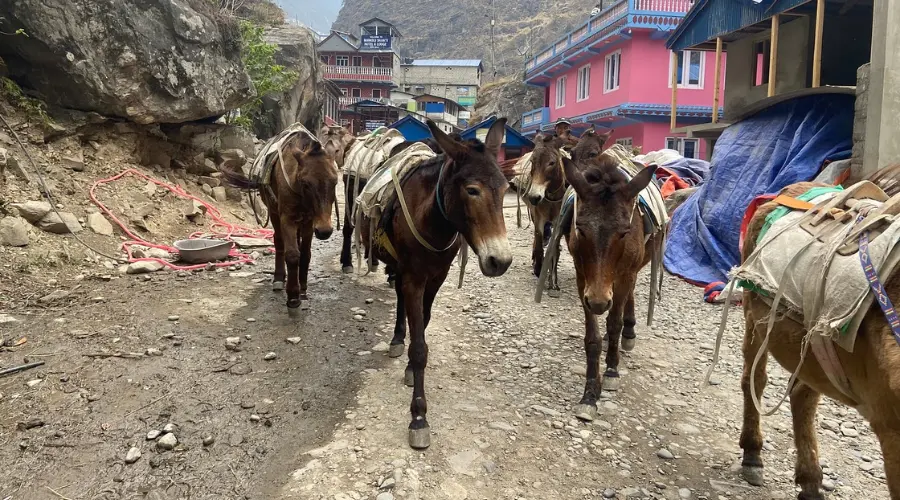
Top Horseback Trekking Routes in Nepal
Nepal is a trekking paradise. In addition to that, there are several horseback trekking routes in Nepal. Let’s see through some of the top routes.
Upper Mustang Horse Trek
Situated in the Mustang region, the Upper Mustang Horse Trek can be started from Jomsom and end at Lo Manthang. This trek usually lasts for 7-10 days, covering approximately 120 km (75 miles).
This horse ride takes trekkers up to an elevation of 3840 meters (12,598 ft) to Lo Manthang. The trek route is easy, but the route is challenging.
Although the region is open year-round, spring (March to May) and autumn (September to November) are considered the best times to visit Upper Mustang. Trekkers can visit Lo Manthang old city (Forbidden Kingdom of Nepal), Chhoser Caves, Kagbeni, and experience Tibetan culture and the Tiji Festival.
However, make sure you obtain a Restricted Area Permit (RAP) and an Annapurna Conservation Area Permit (ACAP). If not, you might be prohibited from entering the region.
Also, having a licensed guide is mandatory, and the group should be of at least 2 individuals.
Here, accommodation and meals are pretty decent.
Lower Mustang (Muktinath) Horse Trek
This shorter alternative follows the Jomsom–Muktinath pilgrimage route. Taking about 3-5 days, the approximately 60 km (37 miles) trek takes trekkers to the Muktinath Temple.
The temple, situated at 3760 meters (12,336 ft) altitude, is a sacred place for Hindu and Buddhist devotees.
An easy horseback ride takes trekkers to some of the untouched landscapes. However, a horse ride might not be available if you want to trek past Thorong La Pass due to its challenging terrain.
Do not forget to taste Thakali and Dal Bhat.
Manang Valley Horse Trek
For those on the Annapurna Circuit Trek route, horse riding around Manang Valley could be an interesting experience. One can take a horse ride from Besisahar to Manag Village and further up to Tilicho Lake if you extend the trek further.
This horse trek can be enjoyed for 5-7 days, covering almost 80 km (50 miles). The ride up to Manage Village extends up to 3540 meters (11,614 ft) in elevation.
The route is quite easy; however, you might need to walk in a few sections. This route passes through several traditional villages and glacial valleys. You will need ACAP, though.
Along with stunning views and culture, riders can enjoy hearty meals in lodges and other locally produced Nepali cuisine.
Rara Lake Horseback Trek
Traversing around the Mugu district in Karnali Province, the Rara Lake Horseback Trek is one of the best horse-ride trek routes. The route passes through vibrant rhododendron forests, taking horse riders up to turquoise Rara Lake.
Reaching 2990 meters (9810 ft), the Rara Lake Horseback Trek route is a peaceful and energising route. The horses carry you gently around the lake’s edge, through evergreen woods where birdsong replaces traffic noise.
To navigate around this trekking region, you will need to obtain a Rara National Park Entry Permit.
Though difficult trails and rustic teahouses, the warm hospitality and homemade Dal Bhat wash away all the difficulties.
Dolpo Horse Trek
By far, the Dolpo Trek is one of the most thrilling camping treks in Nepal, especially in Upper Dolpo. This trek offers some of the rawest, authentic trekking experiences. Adventurers heading towards this region can enjoy the pristine Shey Phoksundo Lake view and Bon/Buddhist villages.
Lasting over 10-14 days, Lower Dolpo Horse Trek follows Buddhist pilgrimage routes to the ethereal Shey Phoksundo Lake. The trail climbs to ridges above 4,100 m.
If not for tourists, horses have been an integral part of this region. Since there are no motorable roads, everything has to be transported either by porters or by horses/mules.

Your horse and handler guide you through remote villages, prayer wheels, and windswept pastures, with lodging varying between mountain homestays and basic teahouses.
It is a challenging trekking route, requiring pony support. Additionally, you will require a RAP and Shey-Phoksundo National Park Entry Permit.
Everest Horse Treks
There are several horse trek routes in the Everest region. Horse Treks like short horse trek option Jiri to Pikey Peak, a little longer Lukla or Namche Bazaar to Gokyo Lake Horse Trek, and an extended Lukla to Everest Base Camp Trek.
Whichever route you trek, you’re awarded some of the great views of the world’s tallest mountain, Mount Everest (8848.86 m/29,032 ft).
The horse ride passes through authentic Gurung and Sherpa villages and dense forests along the Dud Koshi and Imja Rivers.
Horses lighten the climb, and at night, you’ll stay in cozy teahouses serving simple, locally produced Nepali food.
Gosaikunda Horse Trek
As mentioned before, there are lots of horse-riding options in the Langtang region. Within the Langtang National Park, trekkers can navigate through sacred alpine terrains, the Helambu region, the Tamang Heritage route, and the Gosaikunda Trek.
Particularly, Gosaikunda is popular for horseback treks. You can hire a horse from around Sing Gompa or Lauribina Pass to Gosaikunda Lake (4380 m/14,370 ft).
The route includes riding and walking. Remember to taste Nepali Yak Cheese in Kyanjin Gompa if you choose to trek Langtang Valley.
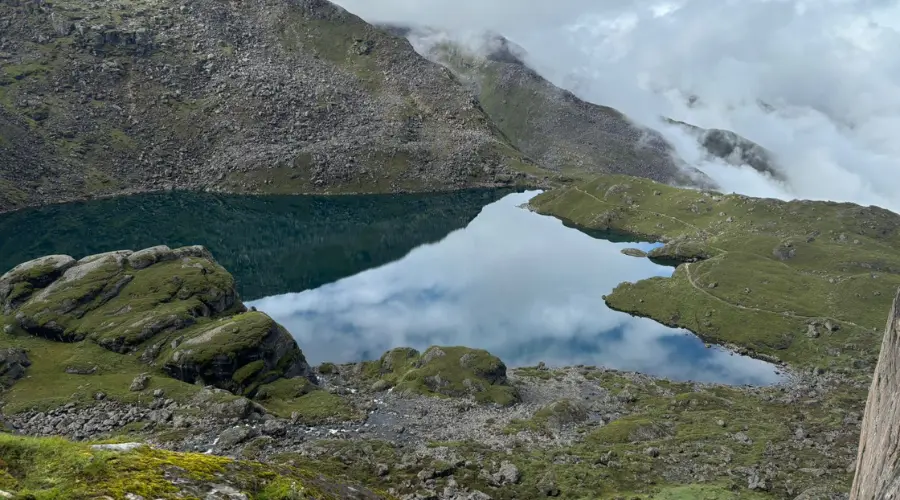
Cost of Horseback Treks in Nepal (2025)
Let’s break down the cost of average multi-day horse treks in Nepal.
Guide and Horse Rental: The cost of guide and horse rental can vary depending on altitude and region. On popular trek routes like the Manaslu Circuit Trek and Everest Base Camp Trek, the cost can range from around $150 in lower regions to $200-$300 in high-altitude villages.
Permits: A RAP costs $50-100 per week per person, depending on the region. Likewise, the ACAP and Manaslu Conservation Area Permit (MCAP) cost about $25 per week. Meanwhile, RAP for Upper Mustang and Upper Dolpo can cost about $500 per person for the first 10 days. For the Everest region, a Khumbu Pasang Lhamu Rural Municipality costs $20-25 per week.
Accommodation and Meals: The cost can range from $25 to $ 40 per day, depending on the region.
Tour Packages: Generally, a horse trek can cost between $1000 and $2500, depending on the trek route. Around Mustang and other popular trek routes, the price might even go higher.

Choose the Right Season
Spring and autumn offer the most stable weather, blossoming rhododendron forests, and jaw-dropping scenery for Horseback Treks in Nepal.
Summer (June-August) is still navigable in lower elevations, but we do not recommend this season due to slippery paths and leeches. However, rain-shadow regions like Upper Mustang and Nar Phu Valley are still accessible in summer.
While winter (December-February) is challenging and often impossible due to cold and snow-blocked routes.
What to Pack for Horseback Treks
Safety and comfort are the keys to a successful journey. So, we advise you to get prepared for any kind of conditions. Especially in the mountains, terrain and weather can change drastically depending on altitude and season. So, pack accordingly.
Here are some of the packing suggestions from our expert team of Himalayan Masters for Horseback Treks.
- Riding pants/leggings, long-sleeve layers
- Warm fleece or down jacket
- Riding gloves
- Sun protection: hat, sunscreen, sunglasses
- Travel cushion/seat pad—softens hard saddles
- Helmet (optional but recommended)
- Sturdy trekking boots
- Daypack for water/snacks
- Basic first aid & altitude meds
- Quick-dry underwear & extra socks
- Waterproof gear for rain/shower zones
Tips and Safety
Here are some of the safety tips that you can follow while on a horseback ride.
- Always travel with a registered guide and a local agency.
- Be kind to your horse: speak softly and brush it during breaks.
- Respect local customs and rituals.
- Ensure horse welfare: ask guides to check the girth and signs of stress.
- Stay hydrated; handlers watch for altitude sickness.
- Carry trekking poles; they help during steep descents.
- Horses aren’t just there for comfort; they are also your friend during rescues.
How Horseback Treks Work
Normally, local unions handle and manage horseback treks. They assign horses in rotation if you are looking for one.
Firstly, you are assigned a dedicated horse and handler (syce). The horse carries you, or you can choose to alternate riding and walking based on terrain. Flat and uphill terrains are ridden, while you might need to walk beside your horse on steep descents.
Your trek guide will also walk beside you, leading through technical paths. You might want to bring soft clothes or seat covers for comfort, as horses are saddled with normal pads only.
Then, you will continue the trip along the standard trekking route through dense forest, river crossings, up and down hills, remote villages, wide pasture lands, etc.
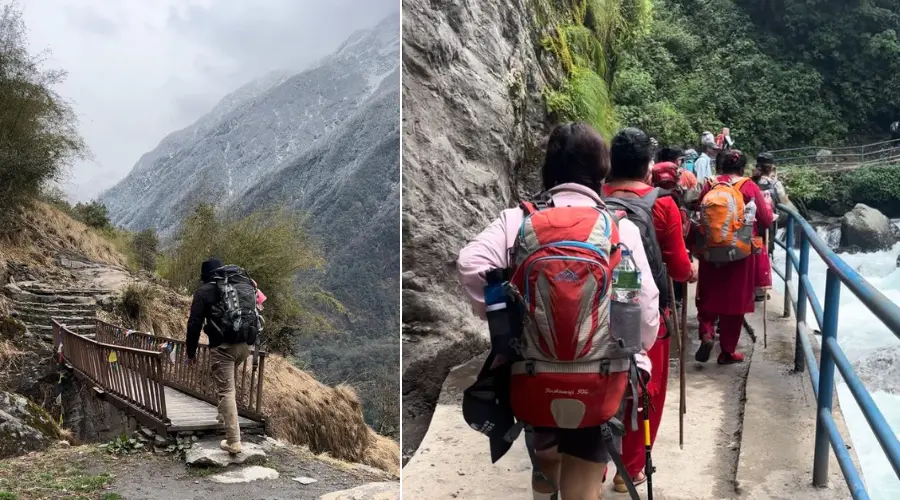
The roses usually hoof at an easy walking pace along the ancient Himalayan trading route. These horses are accustomed to some verbal commands or gentle reins. However, the syce often walks ahead, holding the reins, leading the path.
These horses for horseback treks are well-trained for high-altitude and narrow trails. So, there is nothing to worry about. Bringing a helmet is recommended.
For a better horse ride trekking experience, try making a bond with your horse. Learn its name, talk with it, pet it during breaks, and maybe learn some commands.
Respect the animal; it’s your companion across wild, sacred lands.
Want to know more?
Speak to an Expert


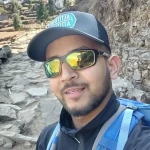


Sandip Dhungana
Nepal 🇳🇵
Whatsapp: +977-9823636377

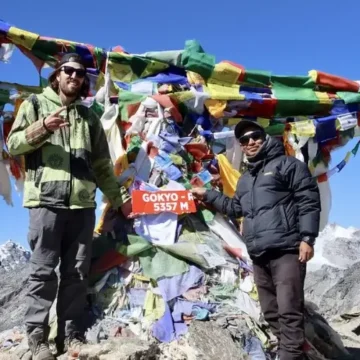
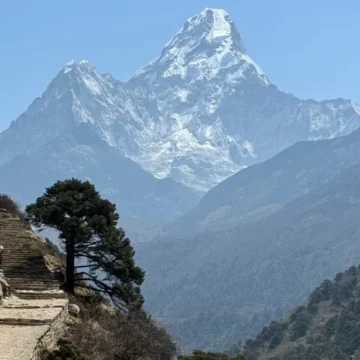
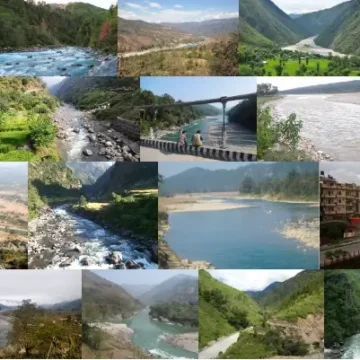

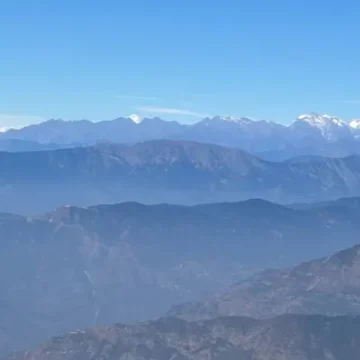
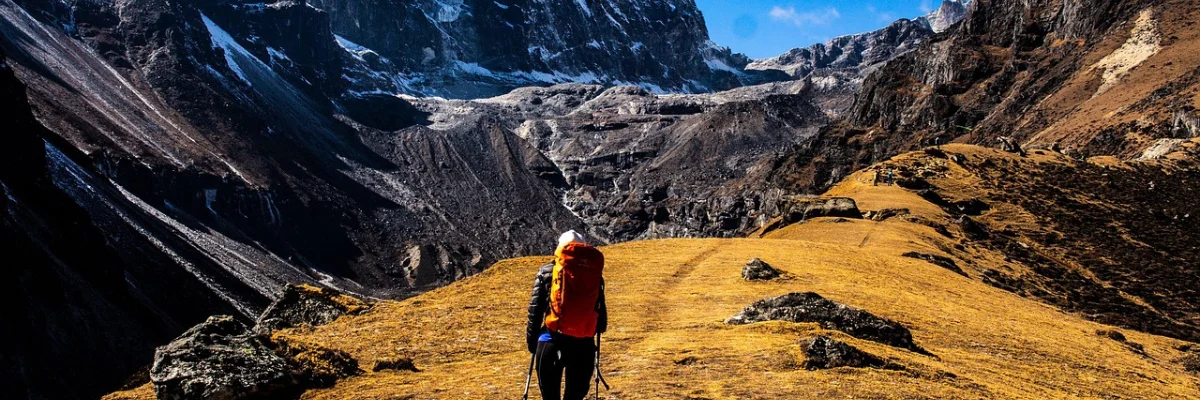
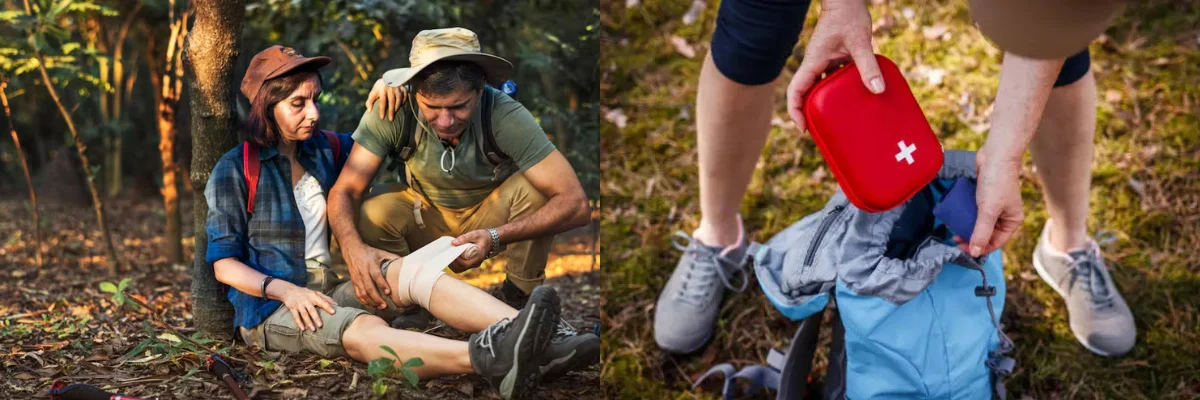
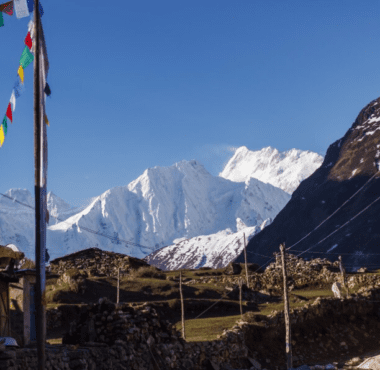

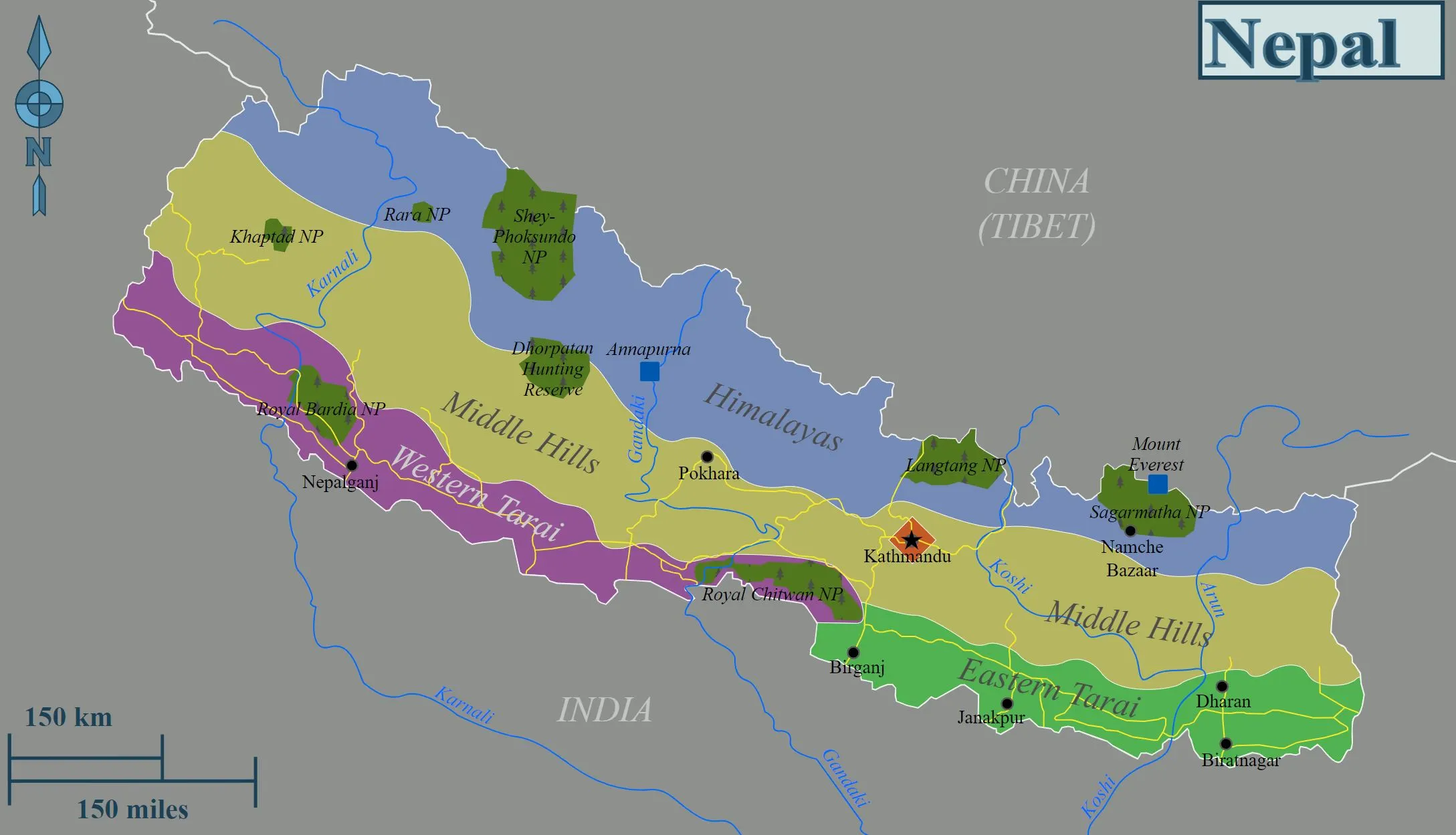
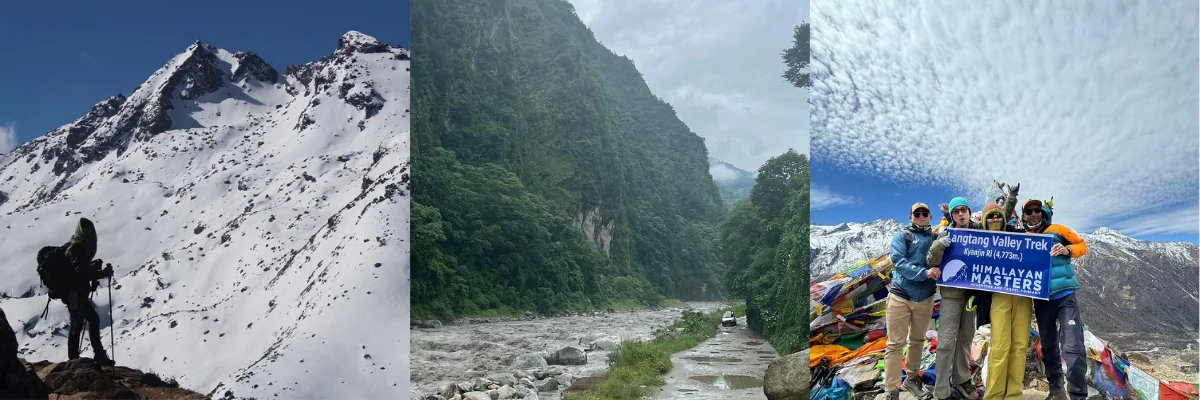
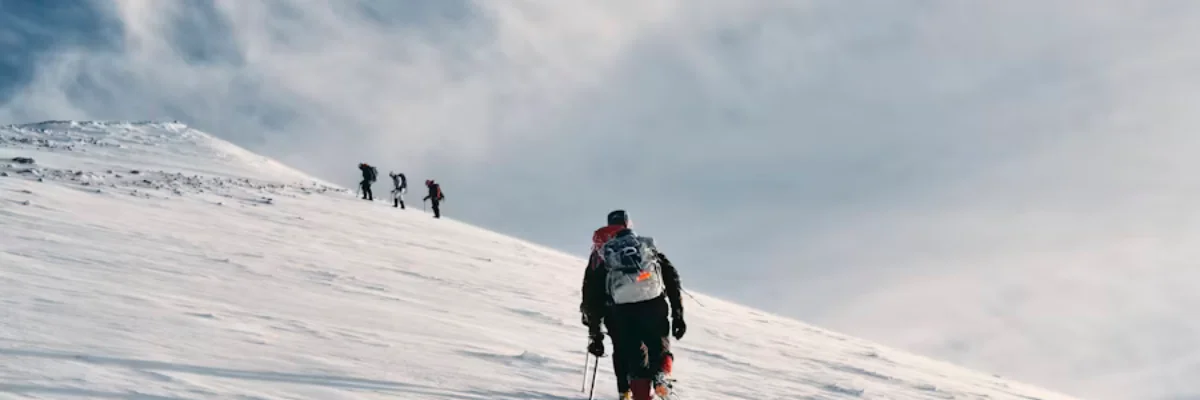









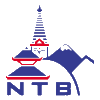
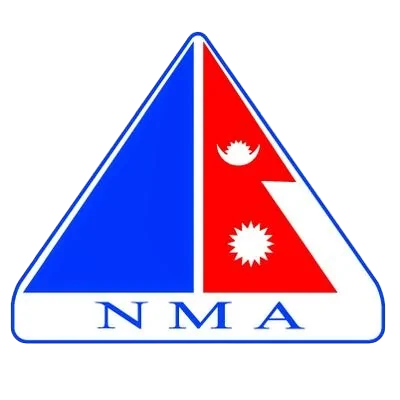

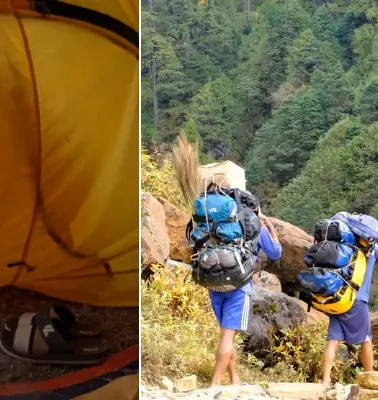
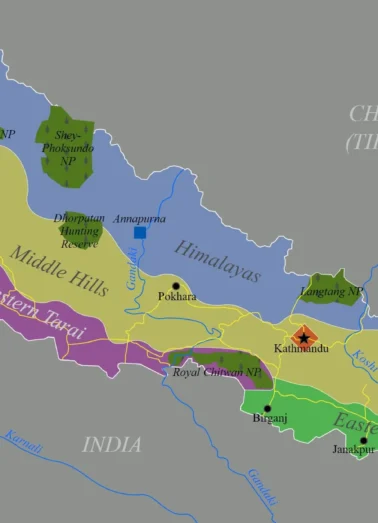
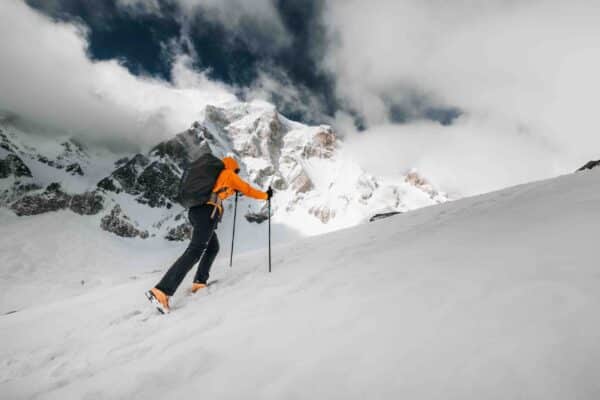
Leave Your Comment